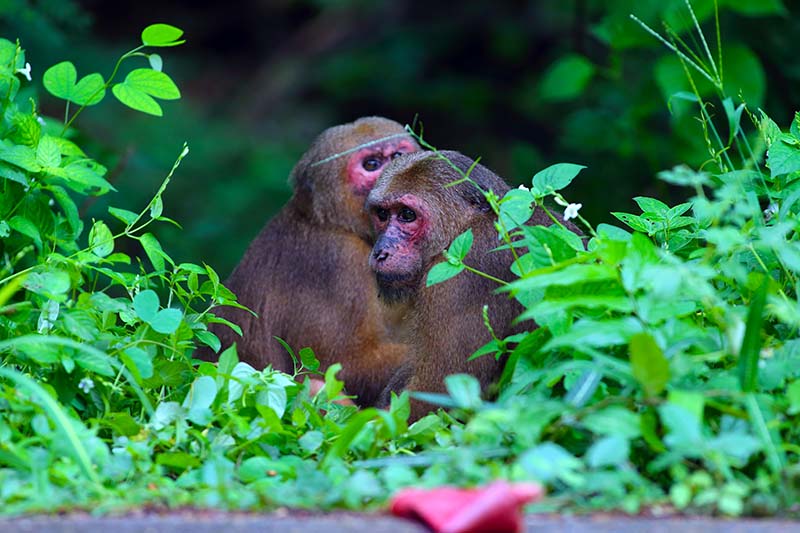
The Appalachian Mountains that make West Virginia rugged and beautiful owe much of their splendor to the red spruce. Old-growth red spruce forests once covered Cheat Mountain in seemingly limitless numbers. These trees can live up to four hundred years and provide essential life support to unique wildlife, such as salamanders, flying squirrels, and golden eagles. The Appalachian red spruce forest ecosystems are also particularly effective at filtering stream water that flows throughout the mountain range. Between 1880 and 1940 nearly the entire red spruce population within these forests went through a series of clear cuts and devastating wildfires reducing coverage from 1.5 million to roughly 30,000 acres. In an attempt at restoration, non-native invasive species were planted including a type of grass that quickly became a compacted sod, choking out all other vegetation preventing the normal process of reforestation from occurring and disrupting an ecosystem that relied on biodiversity. Without intervention, the ecosystems in interrupted areas could not achieve full recovery, even though they are on federally protected land. Compacted soil must be broken in order to bring the ecosystem back to balance, which makes restoration a much more difficult process than it might be elsewhere.
As the nation’s oldest national conservation nonprofit, our planting partner American Forests working in conjunction with strategic partners like the U.S. Forest Service brings critical expertise to restoration projects like those on Cheat Mountain. They’re celebrating 143 years of forest-enthusiasm this fall, and have planted more than 50 million trees since 1990. This year American Forests has planted 75,000 trees in the Mower Tract of the Monongahela National Forest in West Virginia, making a significant jump-start in the restoration process for this embattled ecosystem. We are proud to support their work and look forward to continuing reforestation efforts around the country and around the world.




































































